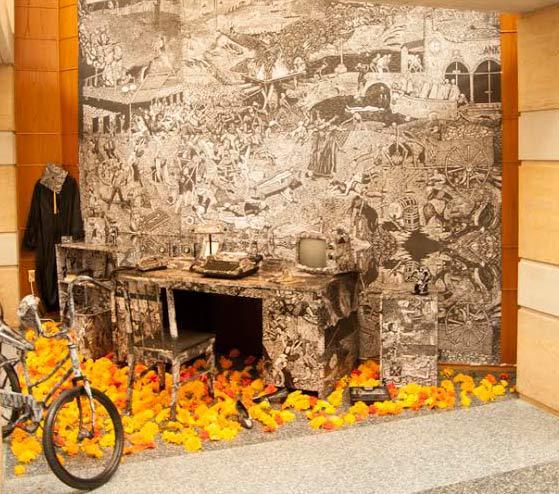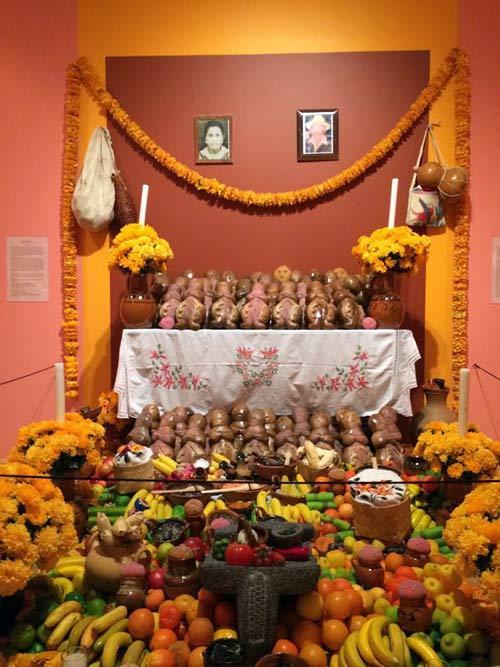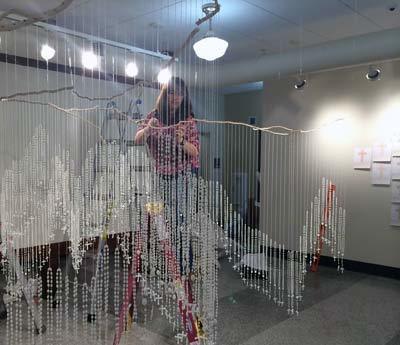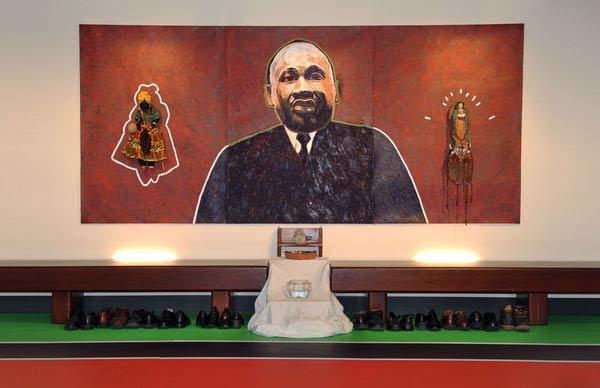As much of the Western world prepares to celebrate Halloween, another important celebration parallels this tradition and is gaining popularity: Día de los Muertos, or the Day of the Dead.

This Mexican holiday — which dates as far back as 2,500 years ago — focuses on gatherings of family and friends to pray for and honor loved ones who have died. The event was originally commemorated only in Mexico, where it remains a national holiday, but is now celebrated in cities and towns across the United States, and is gaining worldwide popularity by countless others around the globe who feel a deep kinship with this special event.
Foremost, Día de los Muertos is a time of merriment. Although losing someone is an undeniably somber and life-changing event, Día de los Muertos provides people with the opportunity to rejoice in the living memories of their loved ones.

The celebration takes place on November 1 and 2, in connection with All Saints’ Day and All Souls’ Day. Much of the focus of the holiday involves the building and decorating of ofrendas, altars that commemorate the life of the deceased. Traditionally the altars are made using sugar skulls, marigolds and chrysanthemums, and a photograph of the deceased person is often centrally placed. Possessions and favorite foods of the deceased are then offered on the altar. The ofrenda is meant as a positive affirmation of the cycle of life and death and allows people to reconnect with the spirits of their loved ones.
The Day of the Dead festival can be traced back to pre-Columbian iconography, specifically to Aztec philosophy and rituals. During the 16th century, contact with European religious practices created this hybrid event, which focuses on the celebration of the dead.

The images here are typical examples of ofrendas built all over Mexico and the United States, and demonstrate the variety of styles and range of approaches to their construction. The ofrenda below is an example of one of the more elaborate structures.
Sandra Fernández, printmaker and assistant professor at the University of Texas at Austin, has created the ofrenda and installation, “Remembering the Undocumented Across the Rio Grande.” It can be viewed at the Crossroads Gallery in the Notre Dame Center for Arts and Culture on West Washington Street.

The Institute for Latino Studies at Notre Dame, in conjunction with the installation, is offering all students the opportunity to also build an ofrenda to commemorate the passing of their loved ones.
This annual event is a collaborative effort between The Notre Dame Center for Arts and Culture, the Institute for Latino Studies, The Kellogg Institute and the Snite Museum of Art, and is a great outreach to the Latin world and to the local community.

For more information about this collaborative project, visit the Center for Arts and Culture or the Snite Museum of Art websites.
Gina Costa works in marketing and public relations for the Snite Museum of Art. For more information on events and exhibitions, visit sniteartmuseum.nd.edu or call 574-631-5466.